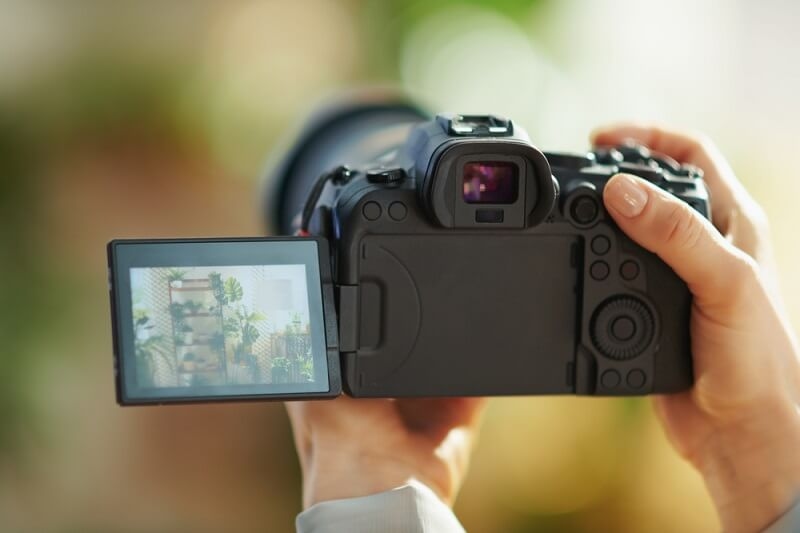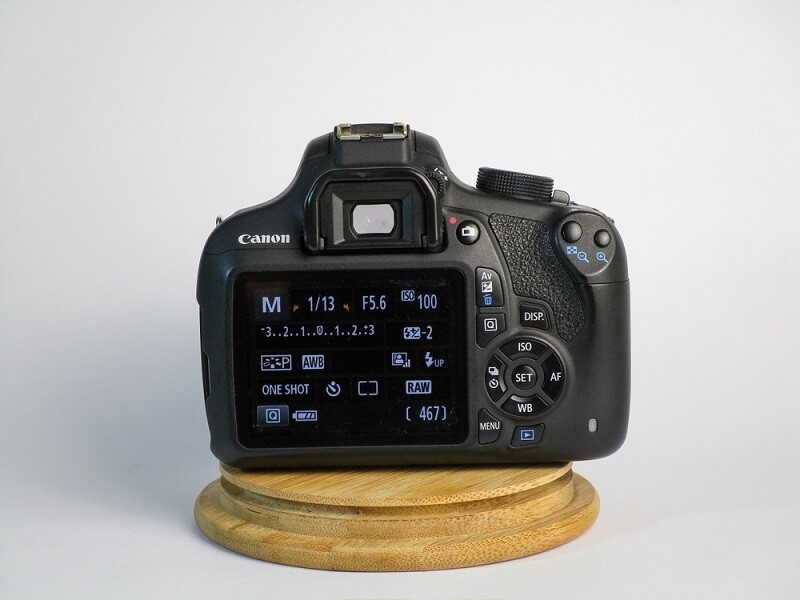
At first glance, learning camera settings for beginner photographers can feel overwhelming. However, once you know the basics, your photography experience becomes much more creative and enjoyable. The secret to truly understanding your camera and its specific settings is grasping the concepts of ISO, aperture, and shutter speed. The three elements of exposure—also referred to as the exposure triangle—will help you control how much light hits the camera's sensor and how your image looks, whether you are capturing portraits, landscapes, or fast-moving animated subjects.
Before delving into specific camera modes and settings, it's essential to understand how the three key elements — ISO, aperture, and shutter speed — interact with each other. Collectively, they make up the brightness, sharpness, and artistic nature of the image or photo you are capturing. This camera setup guide will provide you with the basic principles and techniques for setting your camera and focusing properly, so you can feel confident in any lighting condition when taking an image.
ISO, aperture, and shutter speed form the fundamental basis of every great photo. Once you've learned how they work together as a system, your approach to photography will never be the same.
When considering our exposure triangle, changing one of the three settings will likely require adjusting one or two other settings to maintain balanced exposure.
The exposure triangle discussed is an essential concept for novice photographers because it illustrates the relationship between ISO, aperture, and shutter speed, and how the combination of these three elements determines the look of your photo.
Let's say you're taking a photograph of a sunset. If you lower the ISO, your image will be cleaner, but it may be too dark for you. If that's the case, you can widen your aperture (a smaller f-number) or slow your shutter speed a bit. The triangle is the basis of that decision-making process.
As you begin shooting in manual mode, you will make decisions based on the exposure triangle, which allows you to choose what to prioritize for your chosen scene—sharpness, motion, or brightness—instead of relying on the camera to make those decisions for you.
Many new photographers face the dilemma of choosing between manual and automatic settings when they first start. Both have their advantages to be aware of. It is essential to know when to use each one.
A good starting point for beginners is to use semi-automatic modes, such as Aperture Priority (Av or A) or Shutter Priority (Tv or S). These options are great for providing guidance and a little creative freedom while creating an easier learning curve.

Before you begin capturing images, it is crucial to know how to set up your camera correctly. This camera setup guide breaks down the setup process into easy-to-follow steps.
When you have completed the above items, you have now given your camera the ability to respond to a multitude of situations while keeping your focus on shooting and minimizing the need for adjustments to your camera settings.
One of the most commonly neglected settings in camera settings for beginners is learning how to focus. Good focus will always make or break a photo, no matter how perfect an exposure you have. Some methods of focusing to try include,
Remember, if photographing people, always focus on the eyes. It maintains the natural expression of the subject and keeps it feeling engaging.
For a novice photographer to fully understand the camera settings, it's essential to understand the balance between light and motion.
With fast-moving subjects, prioritize a quicker shutter speed to freeze motion. This provides the opportunity to increase the ISO or open the aperture to allow for movement and compensate for the lack of light. With static scenes, you can slow down the shutter speed and utilize a tripod to prevent soft and blurry images.
Experimenting with these variables will allow you to learn how each change adjusted the whole feel of the picture. Over time, adjusting ISO, aperture, and shutter speed will become second nature, enabling you to react quickly to any lighting change.
While learning photography, it’s easy to make errors that affect image quality. Here are some common pitfalls and how to avoid them:
By avoiding these mistakes, you’ll develop a more professional approach to photography and gain confidence in manual shooting.
Mastering camera settings for beginners is the first step toward capturing photos that reflect your creative vision. By understanding the basics of ISO aperture and shutter speed, practicing focusing techniques, and experimenting with both manual and auto modes, you’ll gain the confidence to take stunning, well-balanced shots in any environment.
This content was created by AI